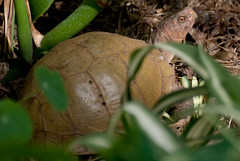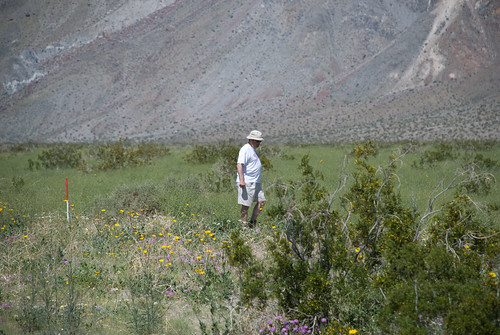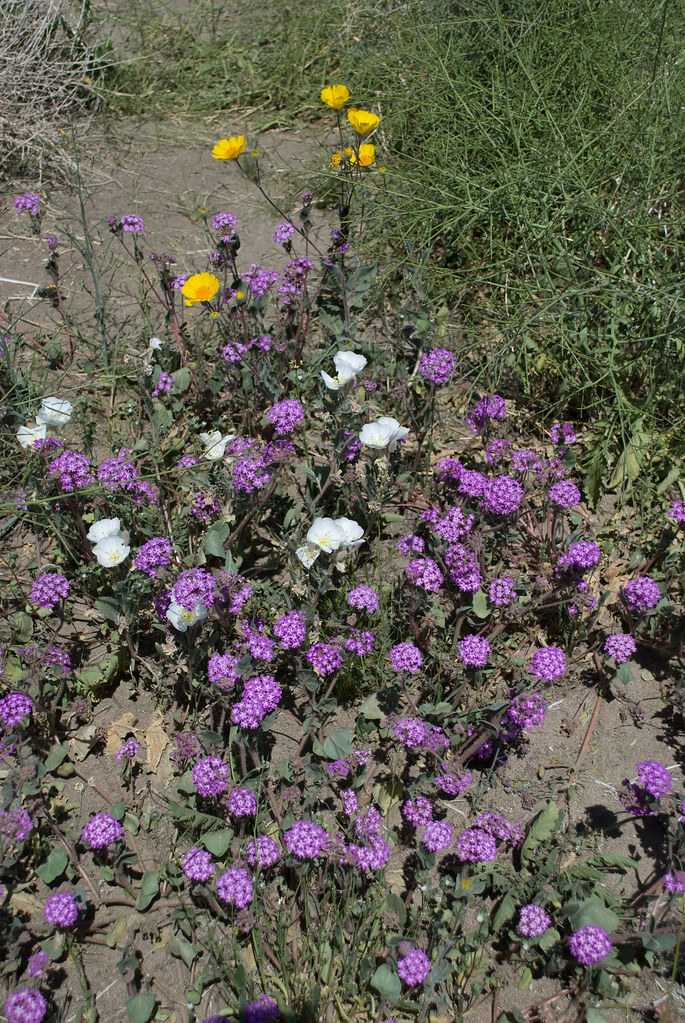So, what's up? Well, two things.
The first thing is the weather. Anza-Borrego Desert State Park got another inch or two of rain on March 7th, followed by a day of cool wind, followed by a day of cold, and so on. Finally, around the 15th, the weather started to warm so the flowers have the energy they need to bloom.
The second thing is the Saharan Mustard. This plant is an invasive alien species that is taking over the fields and any other hot, sandy place they can find. The seeds are still viable after 300 years of lying dormant in the dry sand, waiting for the tiniest amount of rain. Then it grows quickly and grows taller than most species of California native desert wildflowers, thus shading out the native species.
To try to combat the Saharan Mustard (and keep the wildflower-seeking public coming to the park), they have formed classes in training volunteers in identifying this damaging species (as opposed to the native mustard species), when and how to pull them up, and how to adequately dispose of them (once they bloom, you have to remove them from the site and cook them or they'll go to seed anyway). Once trained, the volunteers can join teams focused on eradicating them from selected focus areas or you can go out pulling (and cooking) on your own.
You can see the difference in the areas that have been untouched and the areas that have been "weeded" in this photo.
All the green between the man and the mountain is Saharan Mustard. The tan and flowers in the foreground are remaining wildflowers and sand. For a closer view of the fight for living space...
The Saharan Mustard is in the upper right. The Desert Sunflower, Dune Evening Primrose, and the Sand Verbena (and sand) fill the rest of the area. The sunflower is the only species that can grow taller than the mustard.












Well, bummer that you had to work so hard to find the wildflowers. We should try to find some up here sometime soon, when we're both recovered from our various escapades.
ReplyDelete